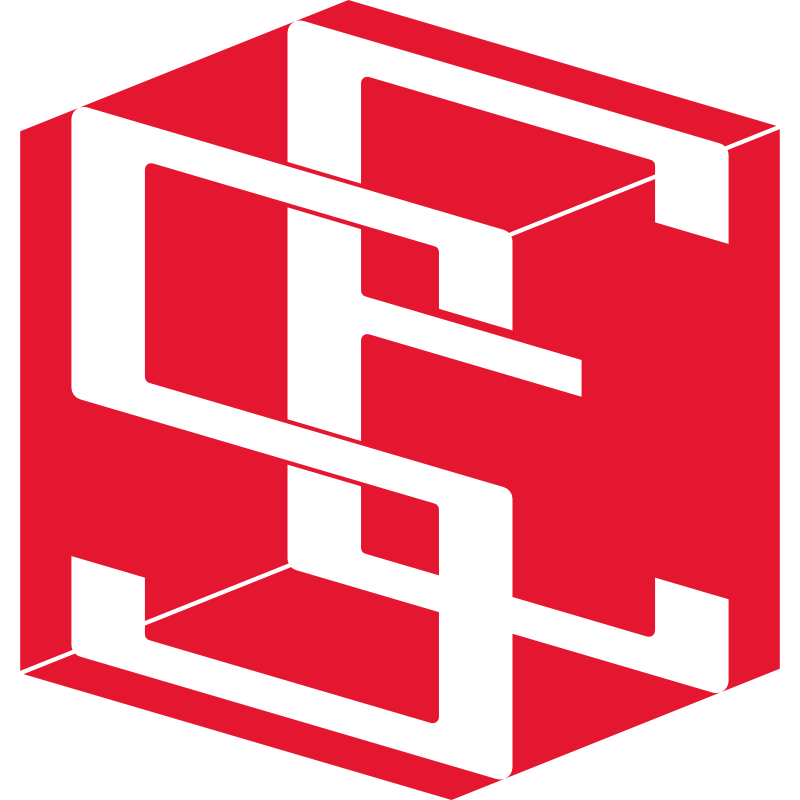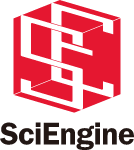LOG IN TO SciEngine
Account Login
Sign in
Register
Other Login methods

Reset password link has been sent to your mailbox. Please check it
in the mailbox.

Print ISSN : 2095-8226
Online ISSN : 2199-4501
CN : 10-1236/TB
Free Content
Add new
Update
Cover Stories
封面故事
Impact Factor7.4
|
Five-year Impact Factor6.5
|
{{lang == 'en_US' ? 'CSCD Impact Factor' : 'CSCD影响因子'}}1.1188
|
CiteScore11.3
|
Editor-in-ChiefYi Xie
Alert

Impact Factor7.4
Five-year Impact Factor6.5
{{lang == 'en_US' ? 'CSCD Impact Factor' : 'CSCD影响因子'}}1.1188
CiteScore11.3
Editor-in-ChiefYi Xie
Yi Xie
谢毅
{{lang == 'zh_CN' ? '展开' : 'open'}}
About the journal
Edit
Abstract
Cover Image

Click here to download the HD cover image










